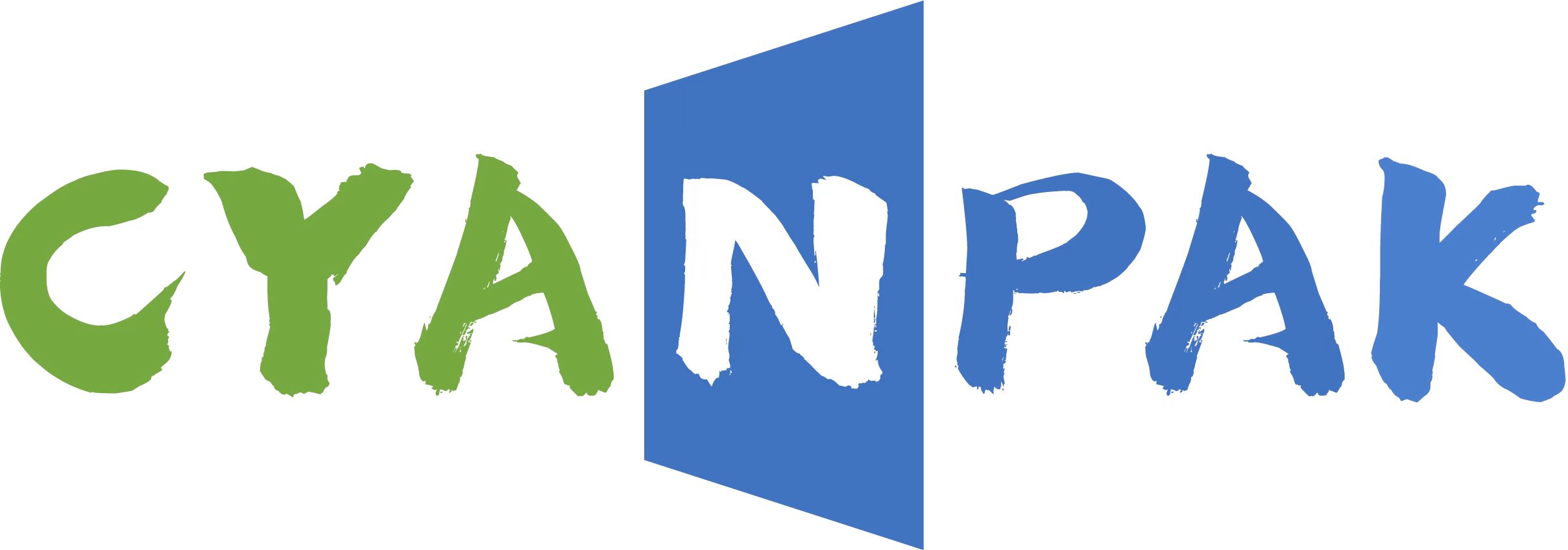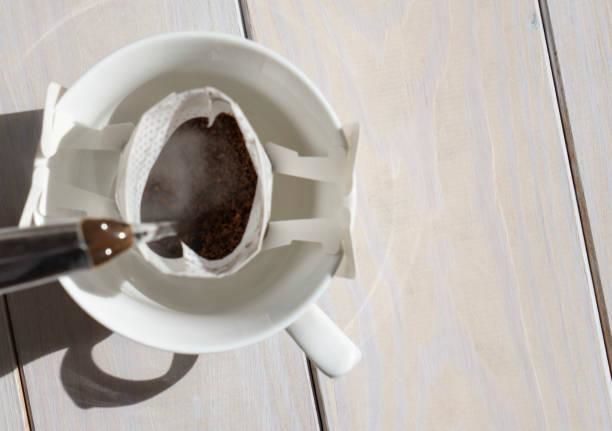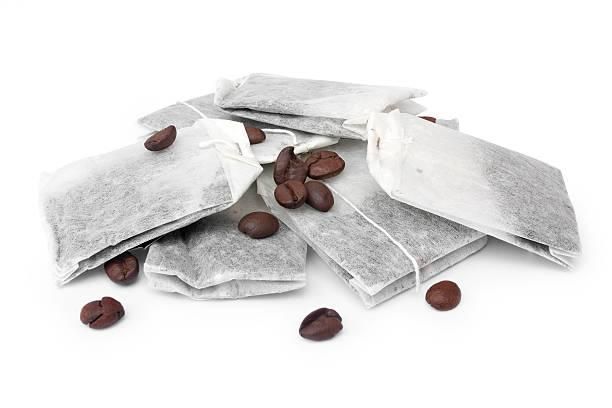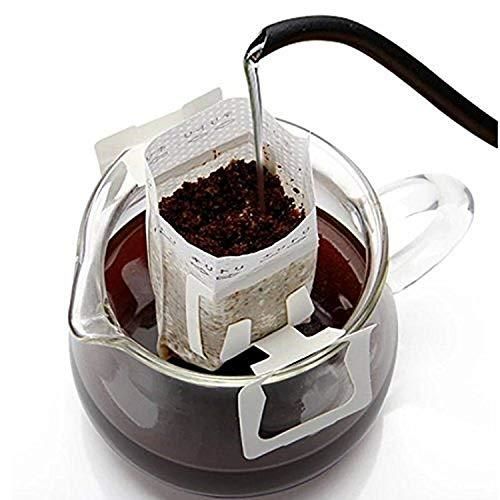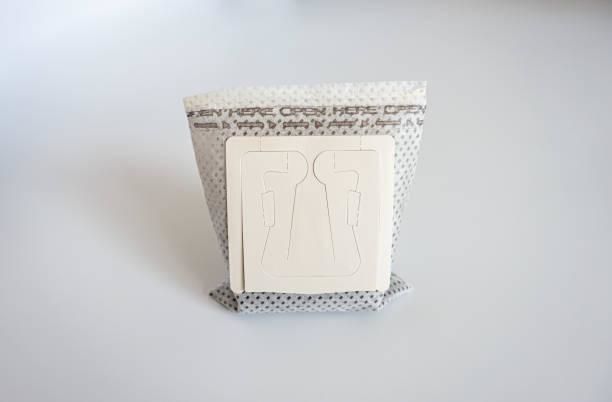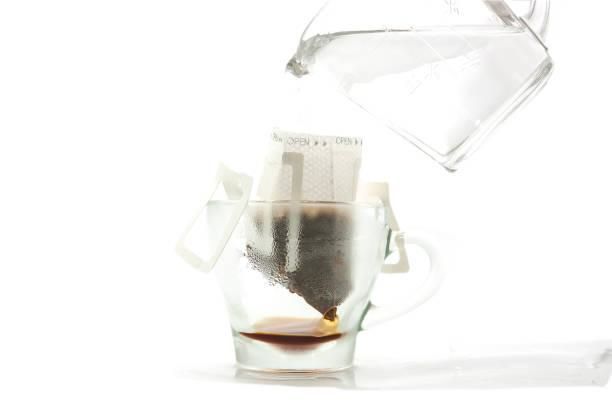It is understandable that the single-serve coffee business has experienced a meteoric growth in popularity over the past ten years in a culture that values convenience.
The National Coffee Association of America claims that single-cup brewing systems are no longer as popular as conventional drip coffee makers. This may indicate that more customers are seeking high-quality coffee with the convenience of single-serve machines.
Drip coffee bags have consequently gained popularity as a remedy. Drip coffee bags are little pouches of ground coffee that can be opened and dangled over a cup. They are portable and simple to use.
Drip coffee bags provide speciality coffee roasters with a powerful means of expanding their brand’s market reach.
We chatted with Yip Leong Sum, president of the Malaysia Specialty Coffee Association, to learn more about the appeal of drip coffee bags.
What are bags for drip coffee?
For those looking for premium single-serve coffee, drip coffee bags have grown to be a popular option.
They are essentially tiny filter bags filled with ground coffee that open at the top. The bags’ fold-out handles enable them to rest on top of cups.
Simply pull off the top, open the pouch, and remove the filter for customers. The coffee must then be leveled within by shaking the container. Hot water is carefully poured over the grinds with each handle placed over the cup’s sides, letting it drip into the container below.
The drip coffee bags we use today are comparable to those we used in the 1970s. But there is a significant distinction in the way it is brewed.
Teabag-style coffee bags brew by immersion and frequently result in a cup with a rich flavor akin to one made with a French press.
Drip coffee bags, on the other hand, are a cross between immersion and pour over brew techniques. They require a longer steeping time and have a bloom phase. This frequently yields a cup that is clearer, like those produced by a Clever Dripper or Hario Switch.
The experience between the two is another distinction. Unlike drip coffee bags, which allow for some of the craft and advantages of classic pour overs without needing to weigh out and ground the beans, teabag-style coffee merely needs to be soaked in hot water.
According to Leong Sum, who is also the proprietor of Beans Depot, a speciality coffee roaster in Selangor, “it all depends on the lifestyle and expectations.” “Drip coffee bags are more expertly made, but they demand the brewer’s care and patience. Customers can make a cup of coffee without using their hands while using teabag-style coffee.
Freshness is a concern with single-serve, ready-to-brew choices. The volatile aromatic components that give coffee its flavor and aroma start to evaporate as soon as it is ground, which causes coffee to lose its freshness. Leong Sum asserts that her business has discovered a solution, though.
“With technology like nitrogen infusion packaging for drip coffee bags, we are able to retain the coffee’s quality,” she says.
In order to maintain freshness, nitrogen flushing is frequently employed in whole bean roasted coffee as well as the majority of single-serve coffee products.
Why have coffee drip bags gained popularity?
Customers can benefit from a variety of benefits from drip coffee bags.
Drip coffee bags don’t need pricey tools like grinders, brew scales, or smart kettles, so they’re also a better alternative for home brewing than other instant coffees.
They are also a good fit for customers who lack the time to master new brewing processes and techniques. It eliminates certain processes and makes sure the coffee is brewed as the roaster intended by maintaining a constant dose and grind size.
Without having to spend money on expensive equipment, drip coffee bags provide a big improvement over instant coffee in this situation.
More importantly, they can be helpful for most consumers, especially when traveling or camping.
Offering drip coffee bags can be a good strategy for roasters to increase their consumer base. They can be an effective approach to introduce new client groups to a brand, who might subsequently decide to explore more of the roaster’s product line.
Additionally, they provide a more sustainable alternative to numerous single-serve coffee pods, which are frequently challenging to recycle.
Is their appeal dwindling?
The Covid-19 outbreak had a significant impact on the coffee market, causing many companies and customers to reevaluate their actions.
Leong Sum claims that “Covid-19 has changed the lifestyles of millions of people.” The amount of dine-in customers decreased, but retail sales of coffee beans and drip coffee bags grew.
As more people become aware of how practical and affordable drip coffee packets may be compared to regularly visiting cafés, she explains that these two trends are likely to persist.
Indeed, more than 75% of individuals believe convenience and quality to be more essential than price when acquiring things, according to market research on consumer purchase habits in the UK.
The demand for higher-quality coffee has led to a significant increase in the size of the worldwide drip coffee bag market in recent years. According to a forecast from 2021, the market for drip coffee bags will reach an estimated $2.8 billion by 2025.
Roasters may think about making their own drip coffee bags as their popularity continues to grow.
Roasters can reach varied markets by providing distinctive coffee blends in handy drip bags, such as office employees and frequent travellers.
Furthermore, drip coffee bags are useful for handing out as part of gift packages or as samples at events. They provide clients with a quick, on-the-go fix without requiring them to carry around a lot of coffee-making equipment, in addition to being portable and convenient.
Cyan Pak provides roasters with customizable drip coffee bags, whether the bags are purchased in small quantities or in bulk.
Additionally, we provide a variety of coffee packaging options, such as clear windows, zip locks, and compostable and recyclable bags with optional degassing valves.
Using environmentally friendly, water-based inks that are heat, water, and abrasion resistant, any packaging may be personalised. Not only do our inks have low volatile organic content (VOCs), but they are also compostable and simple to remove for recycling.
Post time: Jul-23-2023
